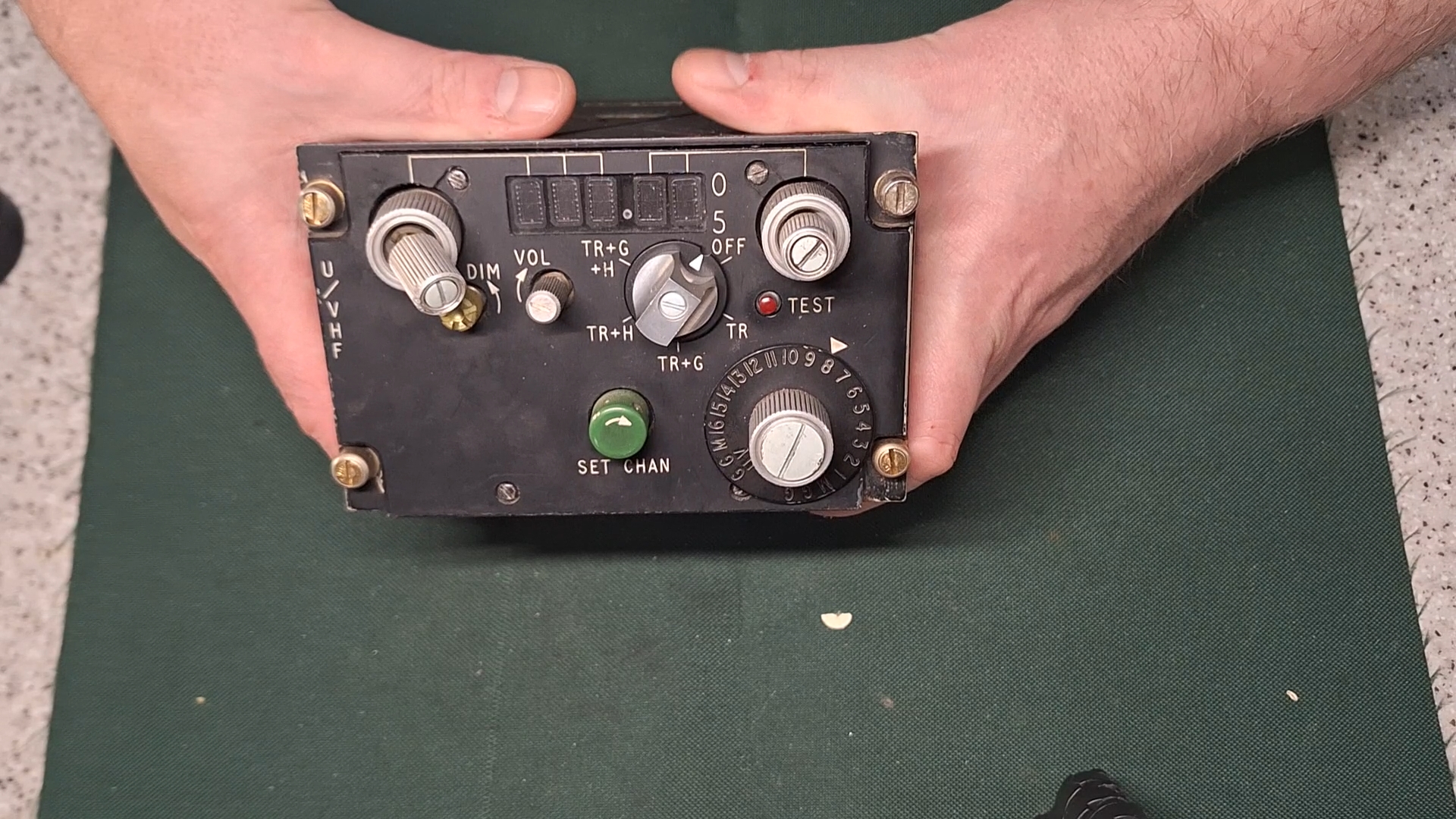1 min
0
IR code finder LCD version
My friend Rick sent this over to me which he managed to get working – it is a sketch which displays the results of an infra-red remote control hex codes on an LCD display. Ideal for if you want to use those cheap Chinese remote controls for your electronics projects but are unsure what key […]







